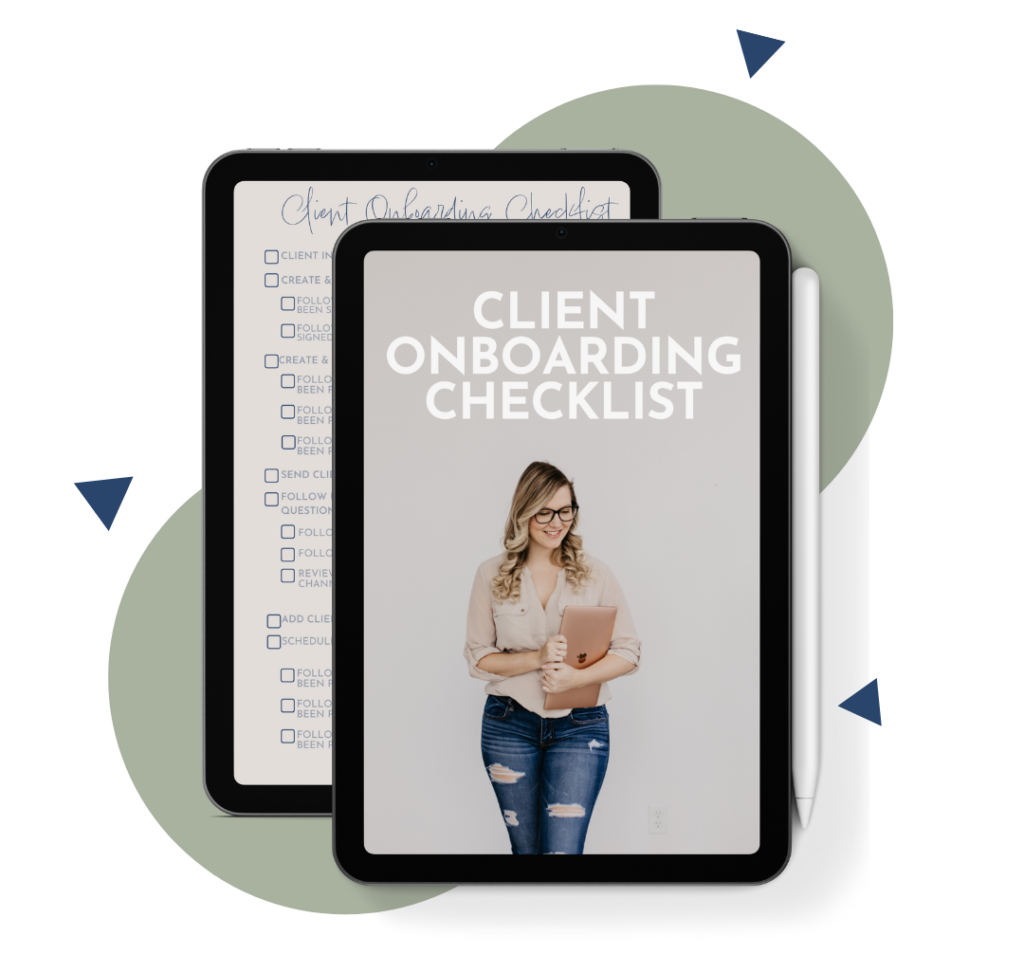
How to Perform a Systems Audit
It’s no secret that your systems are essential for the smooth efficiency of your business, but have you ever thought about auditing them?
As your business grows, so do its needs, and a systems audit is the best way to go through your business and find outdated systems, add new ones, and keep your business on track to success.
When Should You Perform a Systems Audit?
Ideally, you should perform a systems audit every 3-6 months, depending on your business growth and changes, and you’ll want to rate your current processes on a scale of 1 to 5.
If it’s a 1, it doesn’t work for your business. If it’s a 5, you probably couldn’t live without it. If it falls somewhere in between, you might give it another look and tweak it to your favor.
How to Perform a Systems Audit
When performing your audit, you’ll want to lay out all your current systems and examine them on these criteria:
- Cost
- Ease of Use
- Customer Experience
- Integration Capabilities
Cost
How much does the system cost to operate? Is it saving you any money in the long run? Can your business afford it?
Ease of Use
Do your systems help your business, or do they cause more complications? Are they efficiently meeting your needs? Is anything missing from the system? Would you add anything to it?
Customer Experience
Look at the systems from the outside. Does it give your customers a smooth experience? Are they easy to use and understand? Have your customers asked for something different or provided feedback?
Integrations
How easily can you integrate your systems into other apps? Do they require extra steps to integrate, or can they naturally merge? Is there an app they don’t work with that you need?
Once you’ve examined all your systems with these criteria and rated them from 1 to 5, you’ll have a better look at what’s missing, what works, and how to improve.
Next Steps
Changing systems is an in-depth process, and I don’t want you to bite off more than you can chew. After rating them, take the lowest-rated ones and order them by priority. Then, work from the top.
By working slowly like this, you can roll out the changes in waves that won’t disrupt service or cause undue stress to yourself and your team.
Speaking of your team, don’t forget to include them in the process. Ask them about the systems and get feedback on the performance, issues, and overall thoughts. They can also offer suggestions on replacement systems that could make their stations- and your business- more productive.
No matter what you do, keep your team in the loop.
What to do After an Audit
Once you roll out the first changes, you’ll want someone to double-check your new system for proper steps, smooth integrations, and overall ease of use.
You are more than capable, but an outside eye is preferred. That way, you get an unbiased opinion on the new system, how it works, where it needs improvement, and how your customers may react.
Make sure your team members (or a trusted business friend if you’re a one-woman show) are using the criteria above so they know your standards, understand what to look for, and have a general guideline for their inspection.
Final Thoughts
As your business changes, so will your needs. Since systems aren’t a one-size-fits-all kind of deal, keeping track of them will help you catch problems before they arise.
By doing an audit every 3-6 months, you can give your business room to grow, give your customers a better experience, give your team the tools they need to thrive, and keep yourself on the path to success.
Stick to the criteria, take your time, and don’t be afraid to cut the dead weight from your business. Then, watch it scale.
Pin This Post

Meet Bai-Leigh
OBM & Systems Strategist
It’s time to strategize, scale, and skyrocket with systems. I’ve made it my mission to help simplify and streamline online businesses using the best systems and processes for you, the business owner.
I have helped over 100+ businesses scale their business using efficient and repeatable systems so that they can continue with their zone of genius while I take care of the rest.
From processes, systems, efficiencies, and automations – I do it all. If you’re looking for a strategic partner then you’ve come to the right place.
Interested in getting started? You can book a FREE Discovery Call below!

Client Onboarding Checklist
Provide your client with an automated and seamless experience – every time with this Client Onboarding checklist.
It covers all of the basic parts of onboarding and a few pieces to make onboarding stand out.
If you want to have clients buzzing about your onboarding you need this checklist.
Recent Posts


Budget Friendly Ideas for Generating Leads

How to Find and Solve Bottlenecks in Your Processes
Related Posts

How to Choose the Best Project Management System
Every business, no matter its size, needs a project management system. Here’s how to pick the best one.

The Best Ways to Outsource Your Tasks
Knowing when to outsource is a vital step in the growth of all businesses, and- when done right- it will allow you to scale like never before.

5 AI-Powered Tools For Your Business
AI is on the rise, and with it comes a multitude of tools that you can use to enhance your business and boost your sales.


